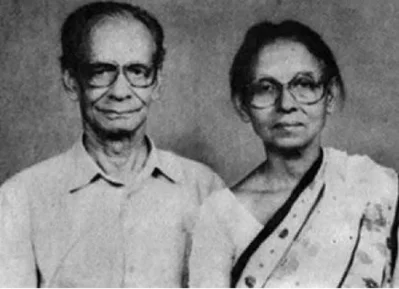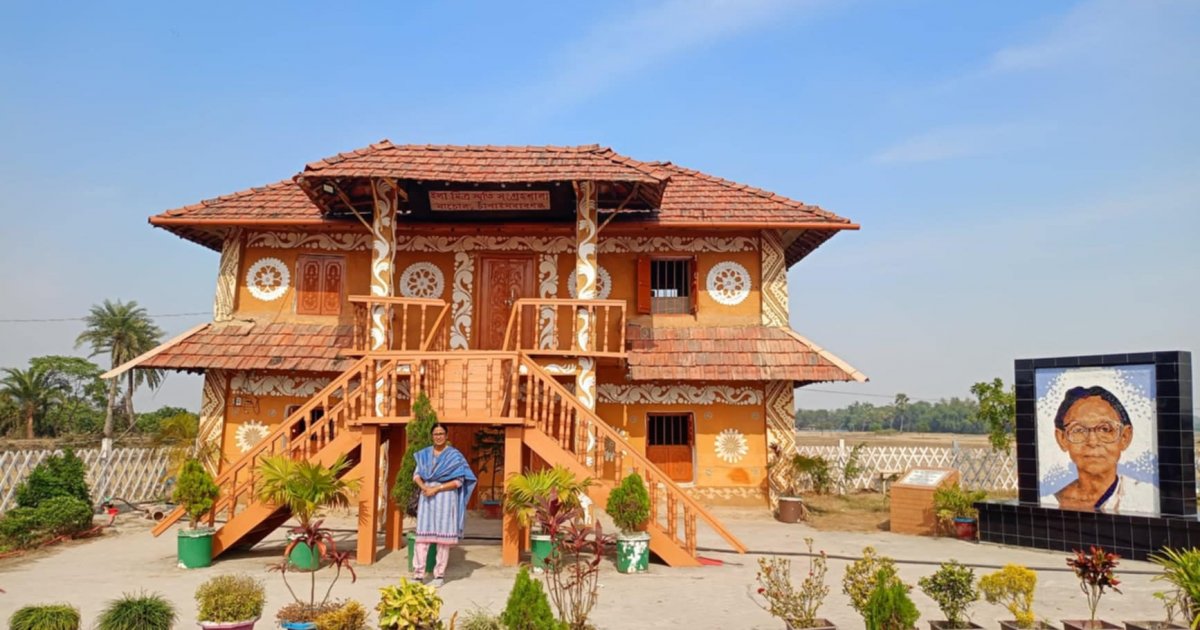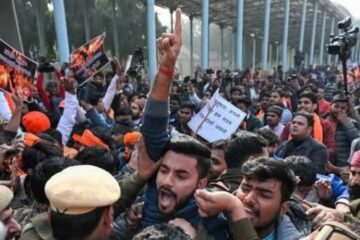The birth centenary of a great revolutionary passed by rather quietly. She accomplished an enviable amount of work and endured indescribable suffering throughout her life. She devoted herself entirely to the causes of women’s emancipation, farmers’ rights, and the liberation of the oppressed. I’m talking about Ila Mitra, famed as the “Queen of Nachole” — a 20th-century Bengali legend. Her life deserves to be celebrated, unless we are willing to forget our glorious history.
Ila Mitra was born Ila Sen to Nagendranath Sen, a native of Baguitia village in Jhenaidah, on October 18, 1925. She was born and raised in Kolkata, where her father served as the Accountant General of Bengal under British India.
Ila, who would later become a communist and an organizer of the peasant movement in East Bengal, took the name Ila Mitra after marrying Ramendra Mitra, another communist and the son of a zamindar from the Rajshahi region.
She joined the communist movement at the age of 18, while completing her IA and BA from Bethune College in Kolkata in the early 1940s.
Ila Mitra led the indigenous Santals and peasants of the greater Rajshahi region—now Chapainawabganj district—in the famous Tebhaga Movement, and was affectionately called Rani Ma (Queen Mother) or Nacholer Rani (Queen of Nachole). Her leadership in the peasant and Santal uprising centered around Nachole in Chapainawabganj (now Nachole Upazila), which is why it is also known as the Nacholer Bidroho (Nachole Uprising).
Ila was among the league of revolutionaries such as Charu Majumder, Haji Danesh, Kansari Halder, Noor Jalal, and others who led different fronts of the Tebhaga Movement in Bengal during the 1940s and 1950s. While Ila fought for peasants’ rights in Nachole, Charu and Danesh led similar struggles in Dinajpur and Jalpaiguri.

Her activism came at a terrible cost. Ila Mitra endured unimaginable torture at the hands of state forces. She organized a peasant–Santal gathering in Nachole on January 5, 1950, but the uprising was crushed by police, and she was arrested. Detained at the Nachole Police Station for four days, she was later transferred to Rajshahi Central Jail on January 21, 1950. Following a trial for treason, she was sentenced to life imprisonment.
Due to the brutal torture, Ila Mitra became gravely ill in prison. In 1954, the United Front government of Pakistan paroled her and sent her to Kolkata for treatment. She did not return to Pakistan and lived the rest of her life in India. During Bangladesh’s Liberation War in 1971, she actively mobilized public opinion and support for the cause.
In 1996, Ila visited the Rajshahi region, where thousands of people welcomed her with a grand reception commemorating the golden jubilee of the Tebhaga Movement.
Before embarking on her journey as a rights activist for peasants and the oppressed, Ila had been a champion athlete. In fact, she was the first Bengali female athlete selected for the 1940 Olympic Games. However, the event was cancelled due to the outbreak of the Second World War.
After her marriage to Ramendra Mitra, Ila became involved in the new education movement in Chapainawabganj, where she was a pioneer in encouraging girls to pursue formal education.
Ila Mitra also played a vital role in mediating during riots and inter-communal conflicts. She was elected to the West Bengal Legislative Assembly from the Maniktala constituency for two terms: 1962–1971 and 1972–1977.
Ila Mitra’s illustrious life came to an end in Kolkata on October 13, 2002.
It is a pity that the ancestral home of this great daughter of the soil now lies in ruins and is reportedly partly under illegal occupation. The least the government can do, as a token of respect on her birth centenary, is to direct the concerned authorities to preserve her residence and establish a museum there in Jhenaidah. We owe her that much—as a matter of historical responsibility.



